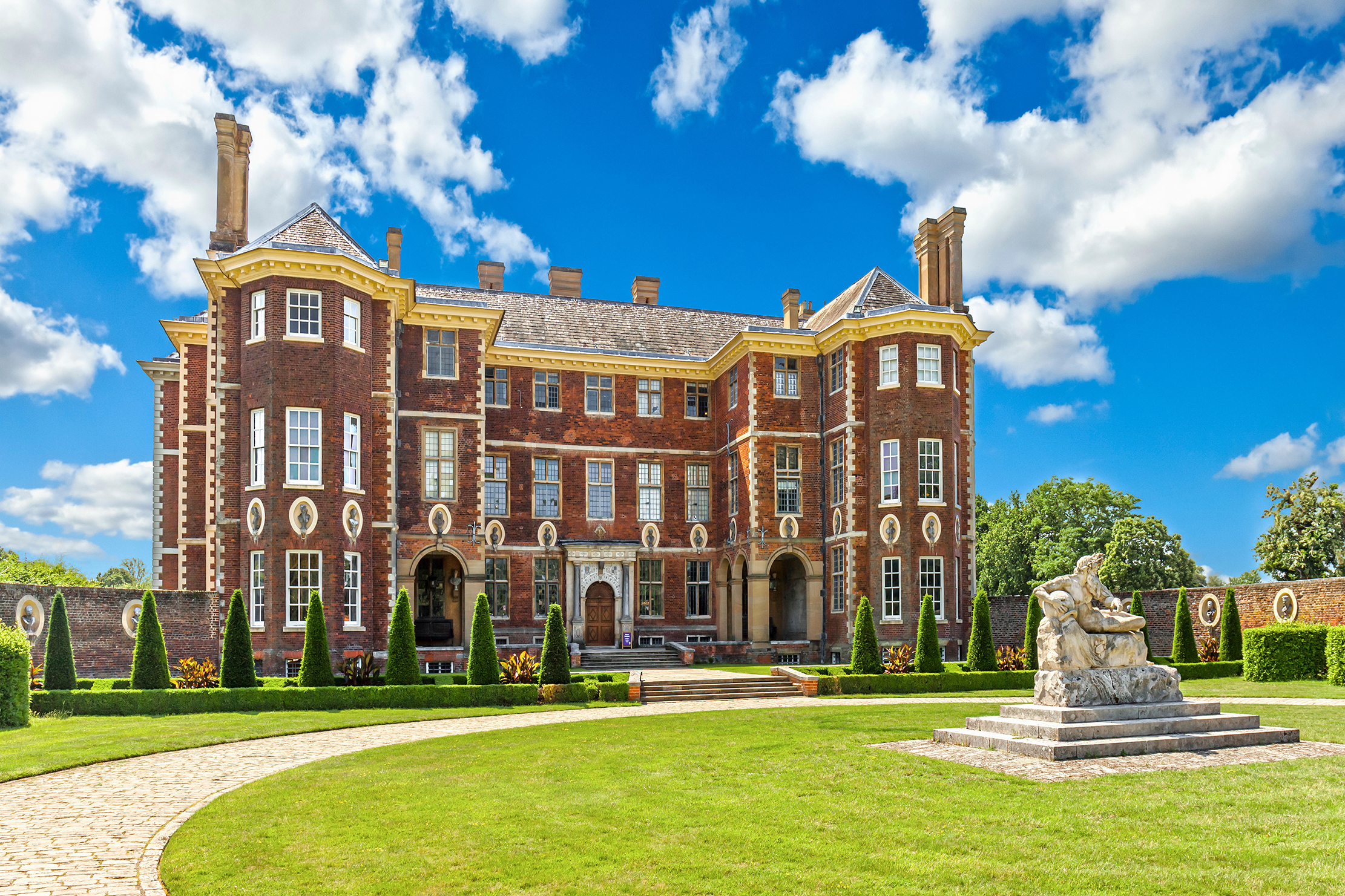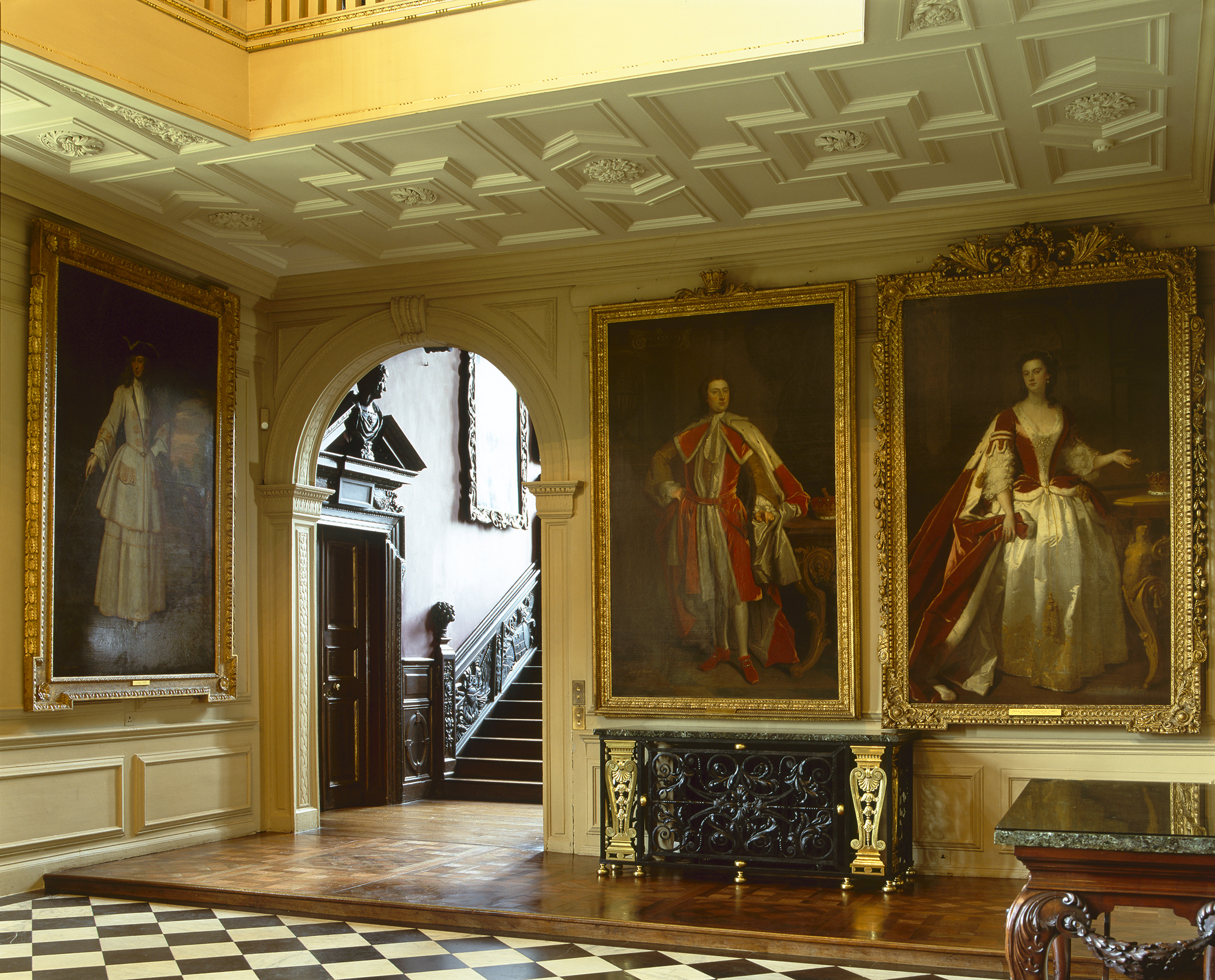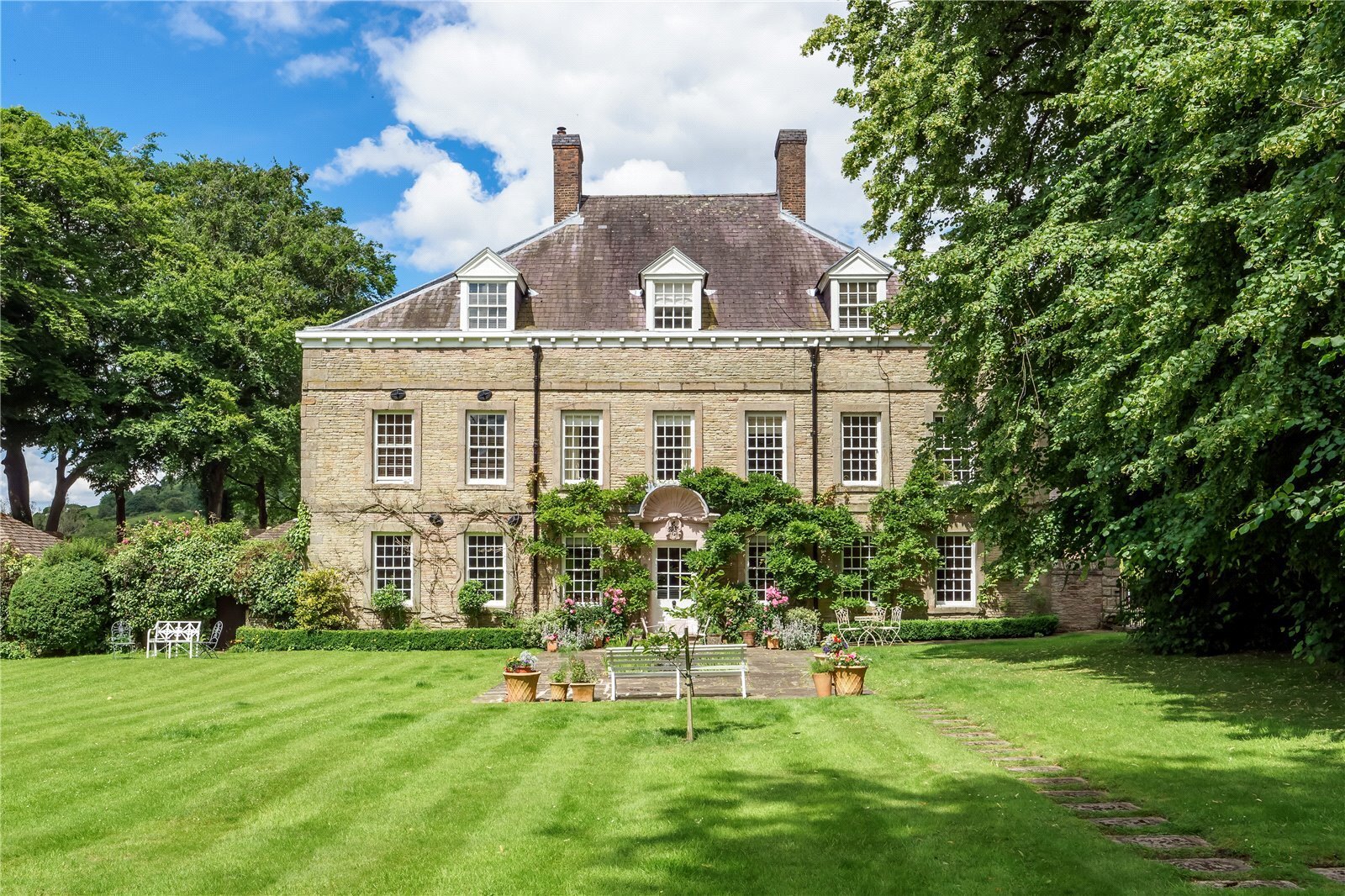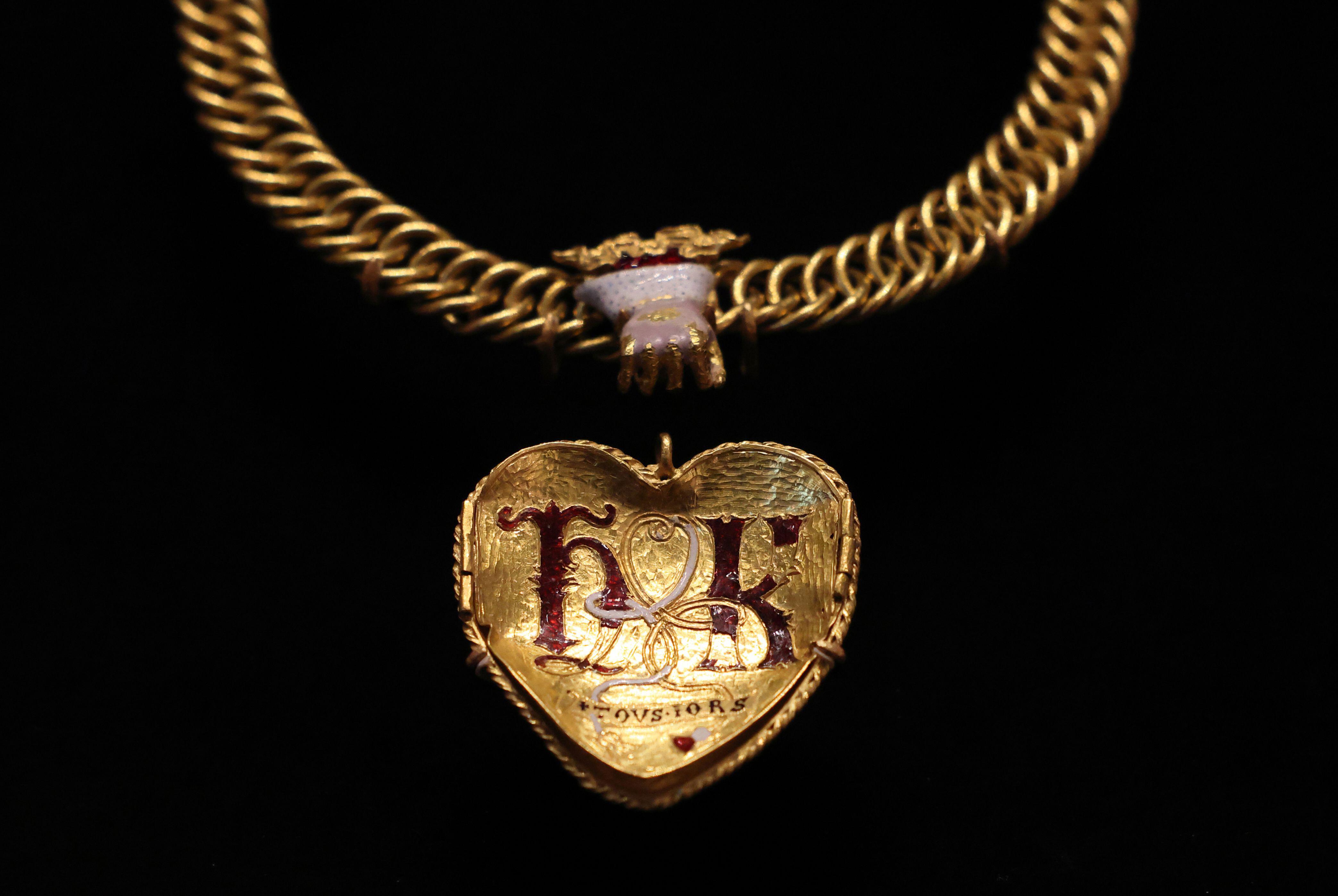Ham House, and how restoration and conservation can raise as many questions as it answers
At the start of 1981, Country Life's ex-architecture editor John Cornforth visited Ham House — a 17th century house on the banks of the Thames, just outside Richmond.

Today, Ham House and its fabulous gardens — owned and managed by the National Trust — attract tens of thousands of visitors a year, with ongoing improvements making it better each season.
Back then, however, the situation was very different. What Cornforth found was a country house which had undergone a huge and conscientious programme of restoration that had thrown up all sorts of almost insoluble questions.

It's clear from Cornforth's introduction that Ham House has had its ups and downs — almost from the beginning of its existence:
To John Evelyn in 1678 Ham was ‘furnished like a great Prince's’. Half a century later it was ‘more neglected than one could expect from so great an Estate’. To Horace Walpole in 1770 it seemed ‘you think yourself… an hundred years back. The old furniture is so magnificently ancient, dreary and decayed, that at every step one's spirits sink, and all my passion for antiquity could not keep them up.’
Another century on, in 1879, Augustus Hare wrote of this palace of the Sleeping Beauty in the wood and of its ‘marvellous old rooms with lovely delicate silk hangings of exquisitely beautiful tints, though mouldering in rags’.
I first went to Ham while I was at school, about 25-27 years ago, not very long after it had gone to the Museum, and I will always remember the romance of the house with its faded mellow rooms. On subsequent visits, in the early and mid 1960s, I was saddened to find the house losing its spirit through replacements and rearrangements carried out by the Museum… and by the late 1960s the house seemed to have scarcely any atmosphere left.
At the dawn of the 1970s, however, things began to change. Serious work went in to preserving, restoring, decorating and furnishing the house to make it a better reflection of what it must once have been.
Exquisite houses, the beauty of Nature, and how to get the most from your life, straight to your inbox.
Since then the rooms have been arranged in accordance with information extracted from the 17th-century inventories, and great efforts have been made to suggest the importance of upholstery through the strength of colours, in particular the elaborate working of materials and the widespread use of trimmings.
It has not been an easy task, not least because of the lack of any official team in this country with the specialist knowledge and practical experience in new work for historic interiors comparable with that for repairs in the Museum's conservation department.

The work, in Cornforth's eyes, opened a Pandora's Box of problems in striving for accuracy.
That is the kind of problem that research leads one into: there is the evidence for all that has been done, but there cannot be a 100% correct historical answer that resolves the conflicts...
A first change was to make the rooms to the right of the dining room the apartment of the Duke, with woodwork grained in 1673 and marine pictures for the overdoors; and the Duchess took the rooms on the other side, which were marbled. But before 1677 they swapped bedrooms back to their first idea.
The bedroom with the alcove next door was originally planned for the Duchess but it was only used by her after an interval, and there is now no trace of the bed that was recorded as standing in the alcove as late as 1841. In the past the Museum tried two of its own beds here, but neither looked right, and since it was impossible to find a contemporary one of the right proportion and silhouette and still with its hangings, it was decided to produce a shape of the right size and line copied from contemporary engravings and provide it with a complete set of new hangings…. It is most interesting to see the effect of the paned bed curtains matching the wall hangings and the upholstery of the chairs, with the black relating to the frames of the chairs and the marble of the chimney piece, and the paning relating to the scale of the panelling, because no complete bedroom of the period survives in England.

The idea of returning the place to a snapshot in time clearly proved near-impossible.
The problem of the right bed and the snags of an old one versus a reproduction re-emerges in the Volury which was tackled before the Duchess's bedroom and balances in the other apartment. After a spell as her bedroom it became the Duke's, and it is as his room that it is arranged today. In the 1677 inventory it is called the Yellow Bedroom, and after the Duke's death in 1682 his bed was removed and no trace of it survives. The present one has been rebuilt round a rare canopy covered in purple velvet, and trimmed with yellow, which was found in the house and was then taken to date from the late 17th rather than the early 18th century.
It was the colour of its canopy and its trimming, that provided the starting point for the decoration of the room; and the braid happened to relate to the reference to yellow damask in the inventories, where it is described as paning panels of blue mohair.
‘Taken on its own, that seems a not unreasonable compromise, but in the context of Ham, with its increasing emphasis on the use of documents, it is important to realise the colours and the textures have been altered, with purple velvet replacing blue mohair and a plain yellow material a yellow damask.
Ham House is far from alone in this, of course.
It is in this kind of situation that academic restorations tend to run into difficulties. Documents and complementary historical evidence do not, and probably never will, provide all the evidence, and even where there 1s evidence it may not square with what exists. And at Ham the appearance of rooms was changed so frequently that there is not really one moment to go for even in the Duke and Duchess's day. Thus visual sense must come in. But at present there is a certain reluctance to admit that it has any place at all…

At Ham, there are good arguments for all that has been done, but a few decisions leave question marks in my mind. Moreover, it is important to consider the total effect of the changes. Like all extensive restorations it has built up its own character, and to me that suggests the ideas of 17th-century decoration rather than the actual feeling which depended on richness of texture. Thus its appeal is to the mind rather than the eye.
Perhaps that is as far as we can get at the moment, but surely there are strong arguments for developing the facilities for restoration as well as conservation in this country, so that in the places where such an approach is appropriate it is possible to pull out all the stops. The number of places is surprisingly small, but on occasion we need to be able to abandon English compromise and take a leaf out of the French book-and be prepared to pay for it.
Today, Ham House is very well-kept by the National Trust, who describe it as 'a rare survival of 17th-century luxury and taste'. That's certainly true, but it's fascinating to think about the 20th and 21st century prisms through which we see it.
Toby Keel is Country Life's Digital Director, and has been running the website and social media channels since 2016. A former sports journalist, he writes about property, cars, lifestyle, travel, nature.
-
 Can you buy happiness? The latest list of Britain's happiest places, and what you could end up with if you moved there
Can you buy happiness? The latest list of Britain's happiest places, and what you could end up with if you moved thereCan you buy happiness? Of course not, but you can buy a nicer house in a better town... and, well, that's probably going to help quite a bit.
-
 Is the British Museum's attempt to save a Tudor-era pendant with links to Henry VIII proof that the institution is on the up?
Is the British Museum's attempt to save a Tudor-era pendant with links to Henry VIII proof that the institution is on the up?After years of neglect and controversy, Britain's premier cultural institution seems to be finding its feet again.

